How to Do a Sugar Detox
This post may contain affiliate links which won’t change your price but will share some commission.
Last Updated on
This article shares how to do a sugar detox with ten helpful tips to live sugar-free. Kick the sugar habit to improve your health and mindset.
Sugar is an addictive, insidious ingredient that can hurt our health if we eat too much of it. Sometimes going on a sugar free diet with a sugar detox is the fastest way to kick the habit.
This post includes diet and lifestyle tips to help you detox from the harmful effects of sugar and set yourself up for success to stay sugar-free.
Why Do a Detox?
Detoxing refers to using diet and lifestyle factors to support your body’s existing detoxification pathways. Your body has all the tools it needs to effectively detoxify from hormones, food waste, and external toxins, but it can become overburdened when presented with too many toxins. It’s crucial to support your natural detox pathways with lots of fiber, water, and exercise!
The most important reason you need a sugar detox is because sugar is an addictive substance. A sugar detox will help you rewire your brain and break an addiction. You don’t have to be a sugar addict to want a break from sugar. If you think you’re eating too much refined sugars and want a break, doing a sugar detox can help. Read more about beating sugar addiction.
Disclaimer: I am not a licensed healthcare practitioner. Be sure to talk to your provider before making any changes to your diet or supplement routine.
Planning for a Sugar Detox Diet
It’s best to make a plan for going sugar free. If you have a plan in place, you won’t feel as overwhelmed or confused – especially once any sugar detox symptoms start!
First, set a timeframe for when you want to quit sugar and how long you want to abstain. Plan for 7-10 days when you are going to go cold turkey and eliminate any added, refined, artificial, or natural sugars. An alternative is to take incremental steps over a longer period, say 30 days, to reduce sugar from your diet (see my article about whether a low-sugar diet is right for you).
The next step is to make behavioral changes to keep you from turning to sugar. You’ll see several nutrition and lifestyle tips below that can help break your sugar cravings.
It’s important to get support while you’re detoxing. Make an appointment with a health coach or a functional health practitioner to make sure you get the support you need. Or, grab a buddy who can do the detox with you. You can also join my Sugar Free Challenge that I host every month. It’s free to join and you will find tons of support and resources there.
Side Effects
After you quit sugar, your body will rewire itself to stop needing sugar. Our bodies are very adaptable–once you eliminate sugar from your diet, your body will do its best to adapt to the lack of it as quickly as possible. But, as your body releases toxins, it can make you feel worse before you feel better.
Remember that you could be breaking an addiction, and may experience withdrawal symptoms. Possible symptoms include headache and intense cravings. If symptoms become serious, consult your healthcare provider immediately.
If you support your body during this period, you can get through it more smoothly. Incorporate gentle detoxing routines like sweating it out in a sauna, drinking plenty of water, and daily movement. Combine detox and self-care by taking an Epsom salt bath, dry brushing, and doing a clay face mask.
Other Ways to Support Detoxification
- Drink enough water. Yes, this is true! Water is essential for so many reasons, but it can help you effectively detox by supporting your elimination pathways. You want to be well-hydrated enough to eliminate toxins through urination and bowel movements. If you’re not eliminating efficiently, those toxins will remain in your body and be recirculated. Aim for half your body weight in ounces, daily.
- Do daily movement. No, you don’t have to be in the gym every day or have a training regimen. Instead, aim for natural, daily movement like walks outside or taking the stairs instead of the elevator. If it’s appropriate for you, a few sessions in the gym a week can help you eliminate toxins via sweating (a sauna is great for this, as well!)
- Reduce your toxic load. You cannot fully detox anything if you continue to pile toxins on top of an already overburdening toxic load. Examine the daily environmental toxins you come into contact with, such as cosmetics, personal care and household products, and city air. Aim to clean up your environmental toxins so your body can save its detoxification for other things–like sugar!
10 Tips to Do a Sugar Detox
Additionally, here are ten tips for how to do a sugar detox diet, kick the habit, and help you stay sugar-free.
1. Quit Soda & Drink More Water
Replace regular soda and diet soda with sparkling water, unsweetened herbal tea, and plain water. Regular soda has anywhere from 20-48 grams of sugar per eight-ounce serving (and most cans are more than eight ounces). Diet soda isn’t innocent either, replacing sugar with artificial sweeteners that are linked to disease risk. See my list of natural sweeteners.
Instead of consuming overly sweet drinks, switch to hydrating beverages like water. You can make water more interesting by adding lemon slices, cucumber slices, or try sparkling mineral water. Or, if you want to try a vegetable juice that supports the body’s natural detoxification systems, try my Detox Juice recipe.
2. Increase Healthy Fat
Increase healthy fat sources at meals to reduce sugar cravings. Fat is satiating and keeps your blood sugar levels stable, so you won’t crash and crave sugar again. Healthy fats include avocado, unsweetened coconut products, grass-fed butter or ghee (unless you have a dairy allergy), and nuts and seeds.
3. Take Glutamine
Consider taking a glutamine supplement, especially in the late afternoon when cravings might hit. Glutamine is an amino acid found in protein. We cannot naturally produce it, so we must get it from our food.
Due to our food supply and the standard American diet, many of us are deficient in neurotransmitters and nutrients such as glutamine. Supplementing with glutamine can help combat hypoglycemia and regulate blood sugar.
4. Choose Fresh Fruit
Replace desserts with fresh fruits. If your default habit is to reach for sweets after your meal, try weaning yourself off of desserts by replacing them with fresh fruit. Fruit has natural sugars, but it also contains nutrients and fiber to help slow the absorption into your bloodstream. Fruit can be a healthy alternative to dessert, especially antioxidant-rich, low-sugar fruit like berries.
If you’re truly detoxing from sugar and want to avoid even natural sugars during your detox, then you might want to avoid fruit for a limited time. Most people should consume at least 1-2 servings of fresh fruit a day as part of a balanced diet.
5. Eat More Protein
Make sure you’re eating enough protein at breakfast. It’s true that what you eat at breakfast influences you for the rest of the day. If you break your overnight fast with sugar and carbohydrates instead of protein or fat, you will set yourself up for a blood sugar roller coaster and cravings for the rest of the day. Aim for 30 grams of protein at breakfast to keep yourself satiated and stable.
6. Eat More Complex Carbs
Choose complex carbs like sweet potato and butternut squash. Don’t forget to eat your veggies, too. Fibrous vegetables like green leafy vegetables are so important for health.
There’s no need to completely lower or cut out carbohydrates. It is the refined, simple carbohydrates like pasta, bread, and sugar can spike and crash your blood sugar.
Starchy vegetables like sweet potato and winter squashes provide you with a nutrient-dense source of carbohydrates. Sprinkling a baked sweet potato with cinnamon tastes like a treat, but provides you with stable blood sugar from the complex carbs and the cinnamon.
7. Choose Healthy Snacks
Have an abundance of healthy snacks ready. If you stay prepared with healthy, low-sugar snacks, you won’t need to reach for the packaged goods and sugary treats. Having healthy snacks on hand also helps you if you notice low blood sugar creeping up.
Healthy snacks to beat cravings include:
- celery sticks with peanut butter
- hard-boiled eggs or deviled eggs
- greek yogurt or coconut yogurt with blueberries
- almond flour crackers with almond butter
- sugar-free turkey or beef jerky
- smoked salmon on a gluten-free cracker with regular or dairy-free cream cheese
- olives
- smoothies made with protein powder
8. Manage Stress
Stress can cause you to crave hyperpalatable foods such as sugary snacks. Stress also depletes your body of important nutrients like magnesium and B-vitamins, which can drive sugar cravings.
9. Get Enough Sleep
Sleep deprivation can lead to cravings for calorically dense foods, which most often include those high in sugar. Moreover, a single night of poor or insufficient sleep can reduce insulin sensitivity the next day, making your blood sugar less stable and you more prone to crave sugar and carbohydrates to keep your blood sugar up.
10. Don’t Skip Meals
If you’re trying to get off sugar, this is not the best time to introduce intermittent fasting. Your body will be going through a slight period of stress as you retrain it to stop craving sugar, and intermittent fasting can also be a stressor on the body.
In addition, unless you’re fasting purposefully and safely, skipping meals will drop your blood sugar and make you crave sugar and carbohydrates to bring it up again. Ideally, you would do some meal prepping during your sugar detox to help keep your meals consistent and balanced. Don’t miss my article with 10 meal prep ideas.
FAQs
How do you flush sugar out of your body?
Since sugar is not stored as sugar in your body for long, there’s no need to flush it out. Sugar will either be used by your body’s cells, or stored as fat in the body. Toxins of all kinds are stored in fat cells, so weight loss will naturally reduce your toxin load. You can detox and eliminate stored toxins in your body through supporting your body’s natural detoxification pathways.
What can you eat on a sugar-free diet?
When you’re cutting out sugar, you shouldn’t feel restricted! Stick to a whole foods, clean eating diet high in satiating fat and protein and incorporate detoxifying foods. Focus on high quality meats, anti-inflammatory fats like avocado and coconut oil, and plenty of veggies. See my article all about how to eat clean.
Aim to fill half your plate with non-starchy vegetables such as leafy greens. Vegetables and leafy greens are amazing for detoxification and provide your body with essential vitamins and minerals that were depleted by sugar consumption. Roasting vegetables in coconut oil and cinnamon naturally brings out a sweeter taste and stabilizes blood sugar.
Can you still eat carbohydrates when I’m sugar-free?
Yes! But be mindful of your intake and the source. Avoid simple and processed carbs like bread, pasta, sweet treats, and processed snacks. Instead, eat a moderate serving of starchy vegetables, legumes, or whole grains and pair with fat and protein to keep blood sugar levels stable.
Avoid alcohol, which introduces additional toxins as well as sugar to your system.
For women, eating complex carbs is important, as we require carbohydrates to help us feel balanced and satiated. That’s why carbs like sweet potatoes and whole grains are part of a PCOS diet.
Can I eat sugar after a detox?
Yes, but it’s wise to stick with unrefined sugars or natural sugars from whole foods like fruit. Read more about what to eat on a low sugar diet.
Do I have to go keto to do a sugar detox?
Absolutely not. In fact, keto is an extreme diet that is only appropriate for certain conditions and can do more harm than good. Most people benefit from a more balanced diet that includes carbs, protein, and healthy fats.
Will I lose weight on a sugar detox diet?
Maybe, but that is not the primary goal. The goal of a sugar detox is to reduce your cravings for sugar and to move forward with less dependence on refined sugars.
Conclusions
While a sugar detox sounds extreme, it can be an important way to cut out your intake of refined sugars and move toward a cleaner diet. It’s important that you do what works best for your lifestyle and body, but cutting back on sugar will likely benefit your health. Read more about how to go sugar free.
Be sure to pin this article to Pinterest to save it for later!
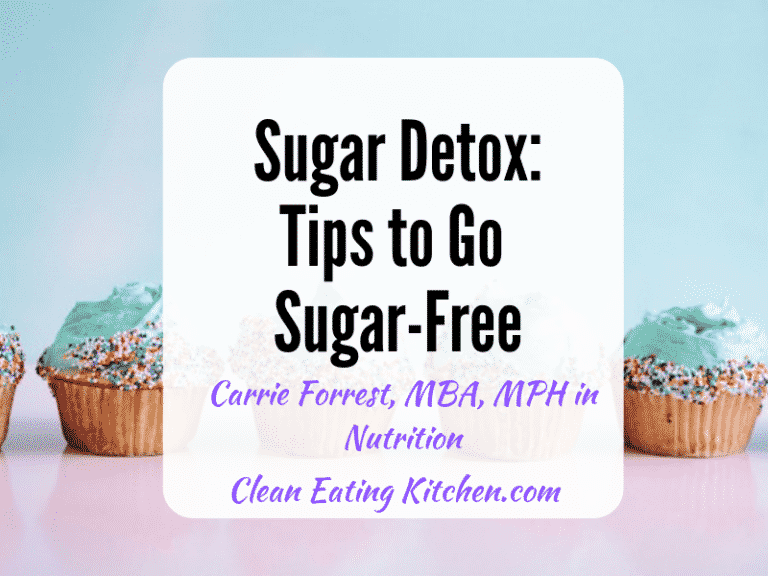

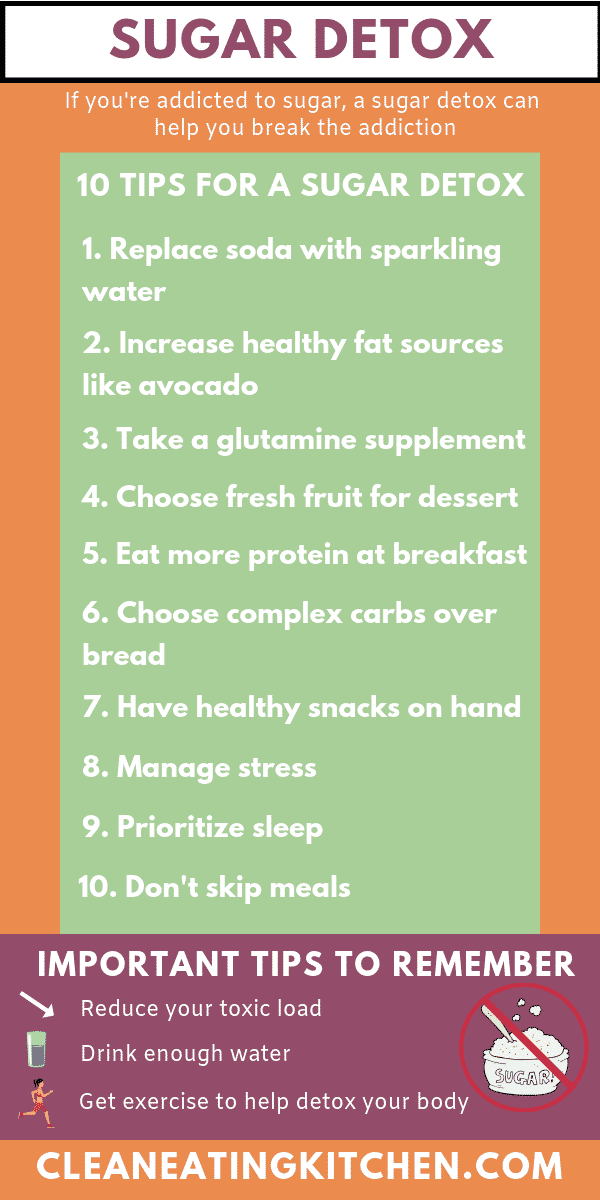

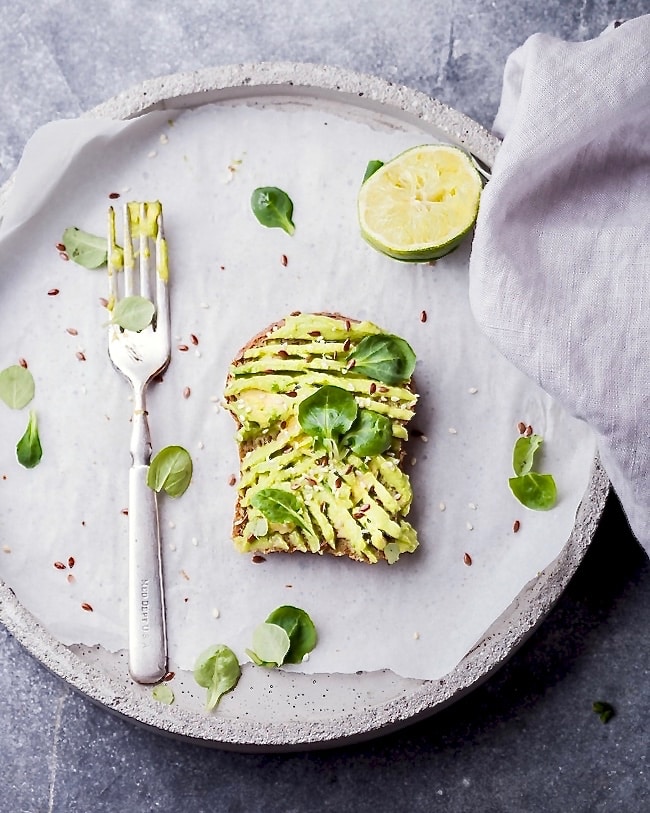
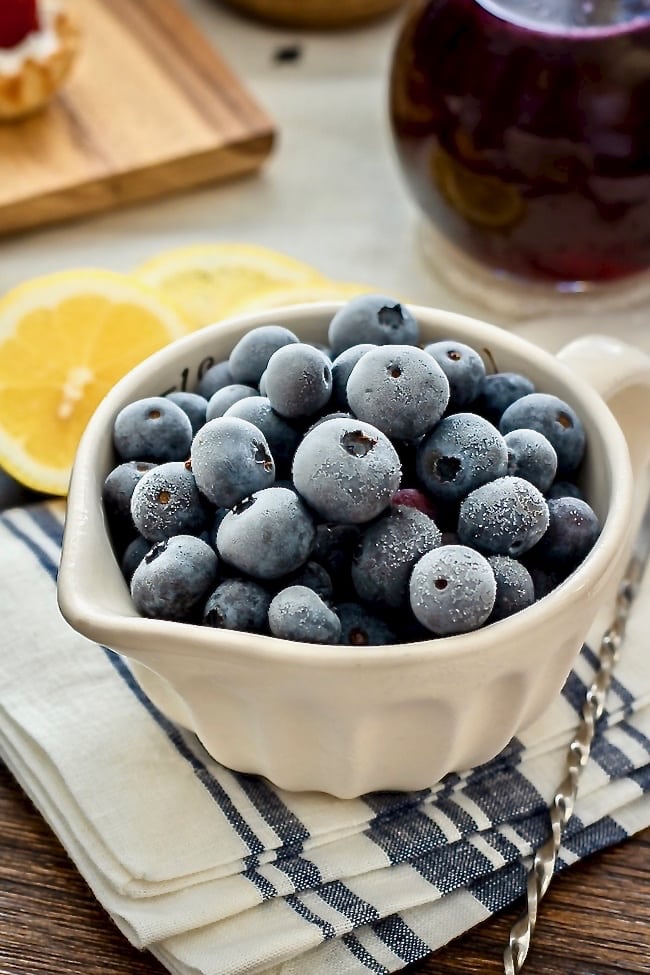
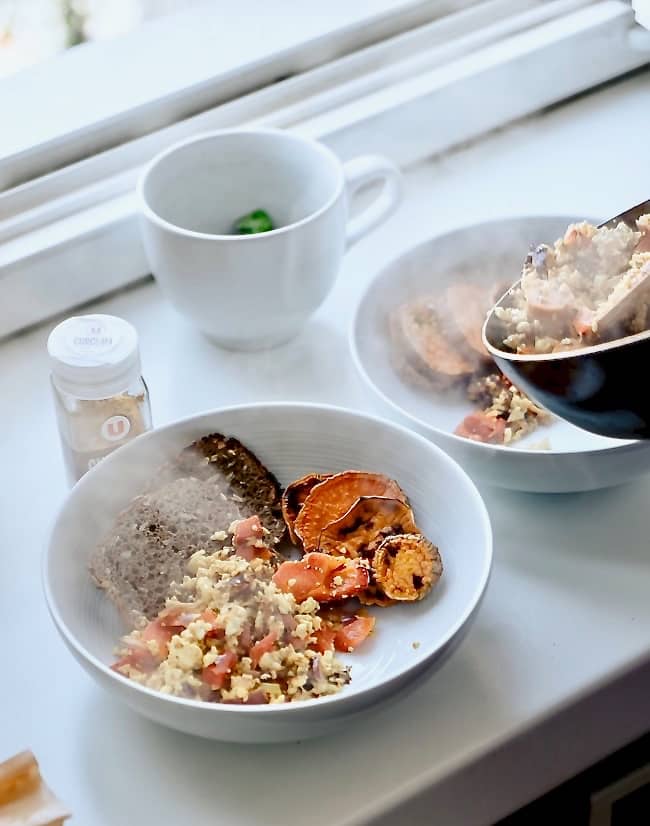
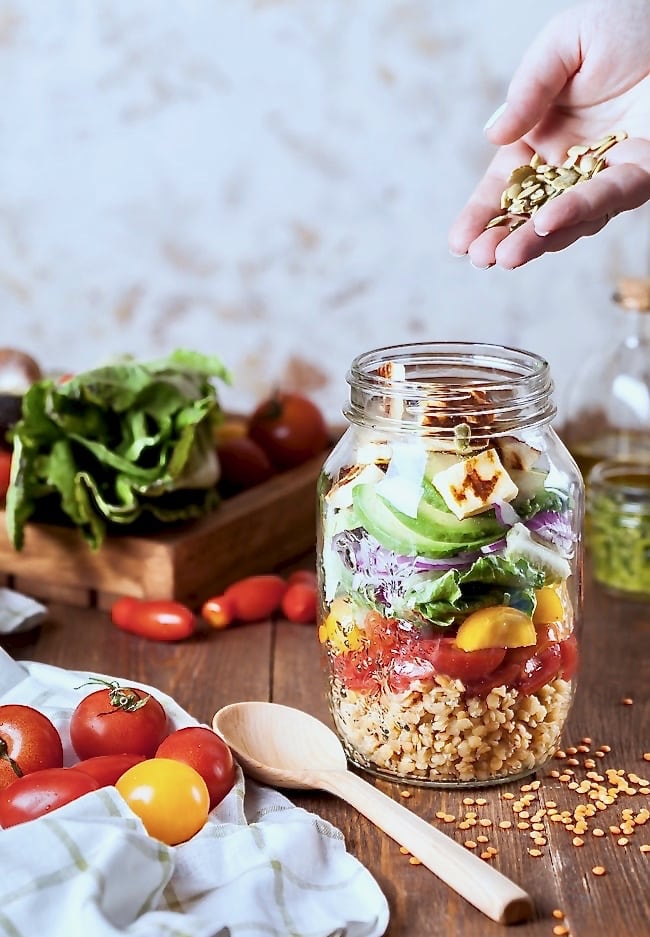
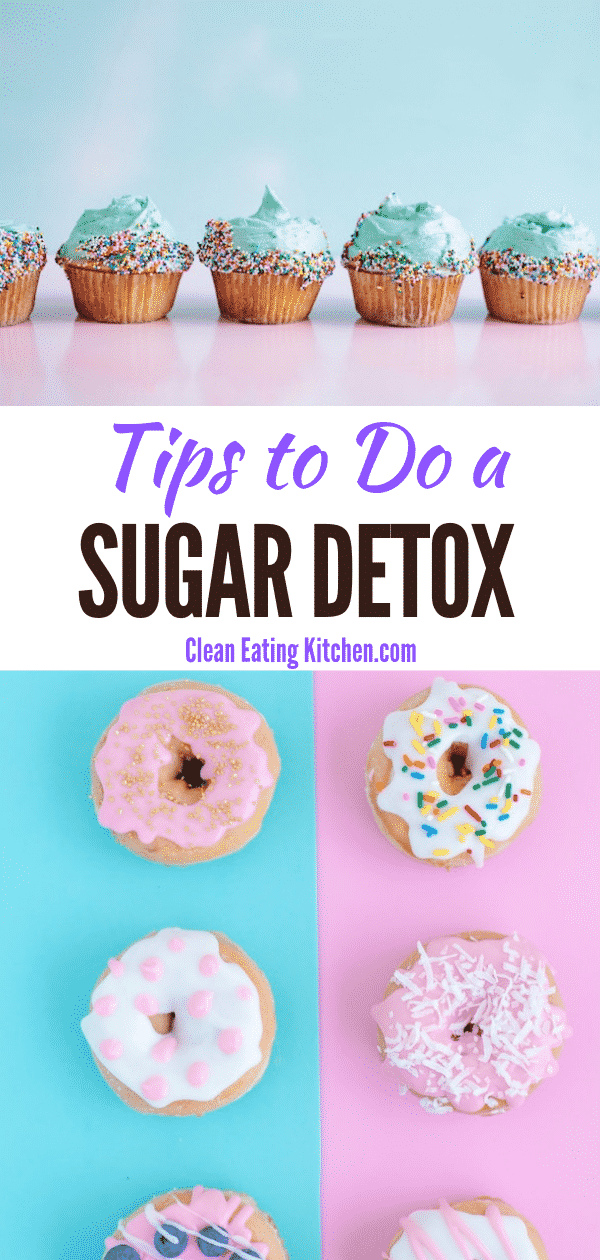

No comments:
Post a Comment